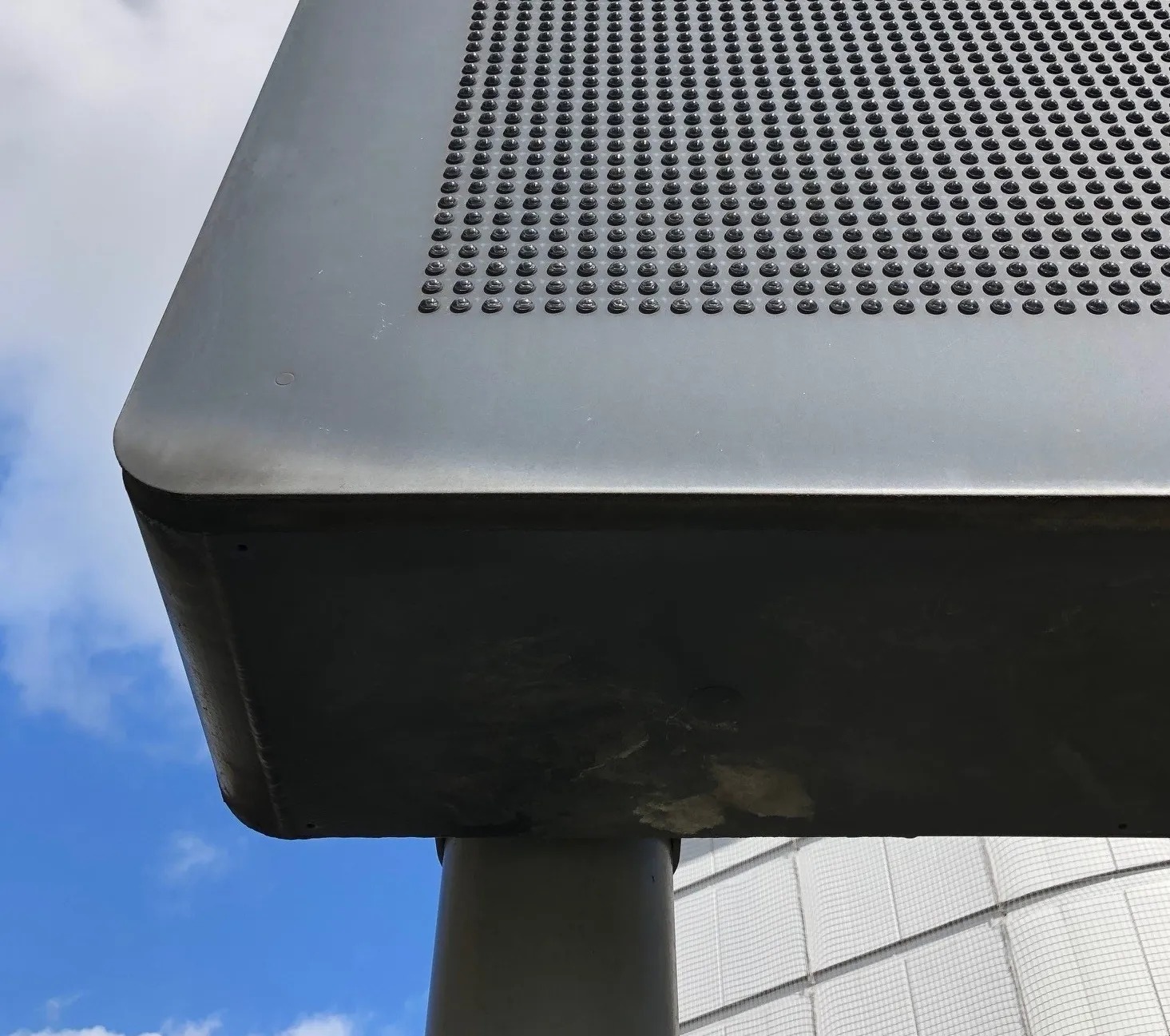The first commercial implementation of Safelane automated traffic management has been deemed a success by its developer, Mobile Visual Information Systems (MVIS). Traffic management firm Chevron used Safelane during its management of a full carriageway closure on a bridge replacement project for Balfour Beatty on the M56 in Cheshire, UK. Safelane is part of the first collection of temporary road maintenance safety solutions combining modular electronic perimeters and variable message signs (VMS), launched l
March 23, 2015
Read time: 2 mins
The first commercial implementation of 7363 Safelane automated traffic management has been deemed a success by its developer, 6918 Mobile Visual Information Systems (MVIS).
Traffic management firm Chevron used Safelane during its management of a full carriageway closure on a bridge replacement project for3902 Balfour Beatty on the M56 in Cheshire, UK.
Safelane is part of the first collection of temporary road maintenance safety solutions combining modular electronic perimeters and variable message signs (VMS), launched last autumn by temporary intelligent transport system (ITS) solutions manufacturer, MVIS, in partnership with ITS technology firm Highways Resource Solutions Ltd (HRS).
MVIS’ VMS were deployed at all four closure points, with live streaming CCTV mounted on the same platforms. The537 VMS were surrounded by HRS’ 7364 Intellicone intelligent cone barriers and contactless sensors to detect breaches. VMS messages in advance of the work zone warned road users of the closure and CCTV surveillance. On detecting a breach of the workzone perimeter, the sensors automatically wirelessly trigger a VMS message to alert the driver of their error.
Said Chevron’s area manager, John Walls: “While improving the safety of our workers, we also used fewer men and vehicles per shift. On our last shut down, we used six men and six vehicles per shift but, with the new kit in place, this was reduced to two of each per shift and we covered all closure points. The VMS element also meant that we were able to improve the information available to road users negotiating the roadworks. This was a very successful trial of the new solution, and we look forward to developing its application further in future schemes.”
Added MVIS’ managing director, Pat Musgrave: “Work zone incursions pose one of the most significant risks to road workers, and we are pleased that this new solution has demonstrated its ability to reduce this level of risk.”
Traffic management firm Chevron used Safelane during its management of a full carriageway closure on a bridge replacement project for
Safelane is part of the first collection of temporary road maintenance safety solutions combining modular electronic perimeters and variable message signs (VMS), launched last autumn by temporary intelligent transport system (ITS) solutions manufacturer, MVIS, in partnership with ITS technology firm Highways Resource Solutions Ltd (HRS).
MVIS’ VMS were deployed at all four closure points, with live streaming CCTV mounted on the same platforms. The
Said Chevron’s area manager, John Walls: “While improving the safety of our workers, we also used fewer men and vehicles per shift. On our last shut down, we used six men and six vehicles per shift but, with the new kit in place, this was reduced to two of each per shift and we covered all closure points. The VMS element also meant that we were able to improve the information available to road users negotiating the roadworks. This was a very successful trial of the new solution, and we look forward to developing its application further in future schemes.”
Added MVIS’ managing director, Pat Musgrave: “Work zone incursions pose one of the most significant risks to road workers, and we are pleased that this new solution has demonstrated its ability to reduce this level of risk.”








